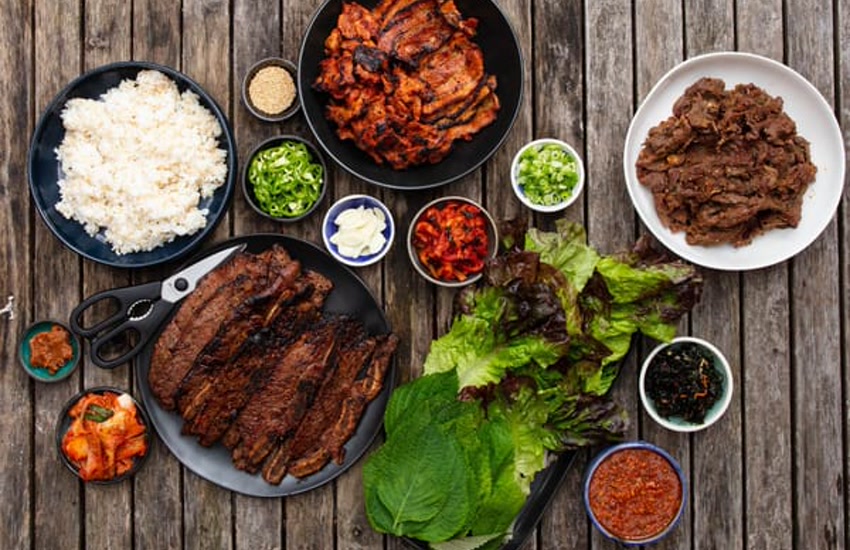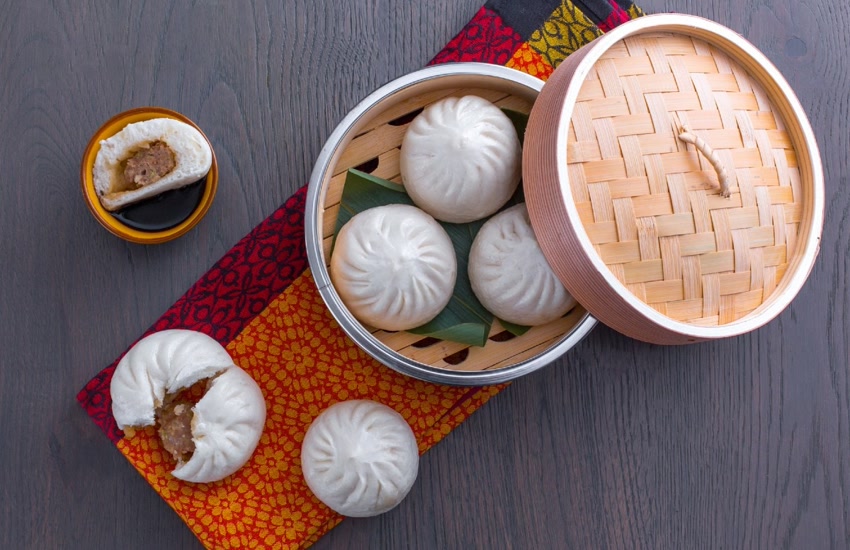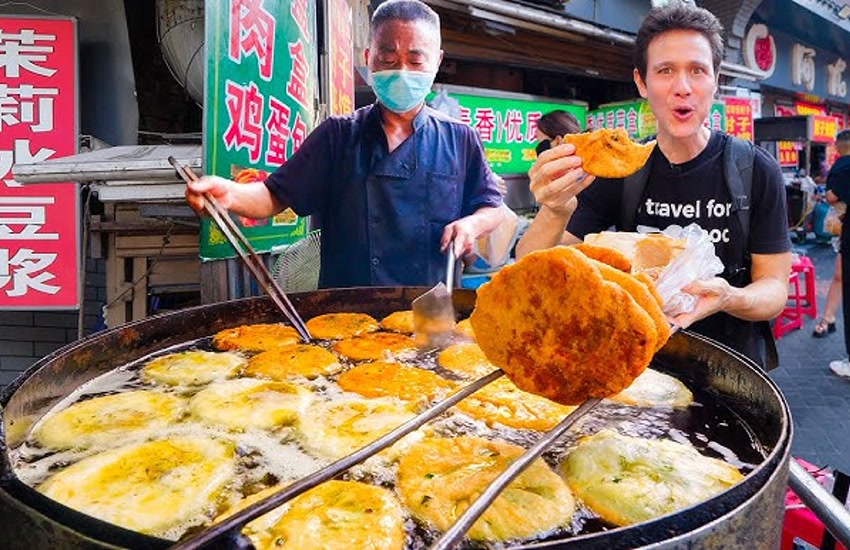
Hey fellow food lovers and travel enthusiasts!
Today, I want to take you on a virtual journey to a place where ancient culinary traditions are meeting cutting-edge sustainability practices: China.
Forget the old stereotypes – the Chinese dining scene is rapidly evolving, embracing eco-consciousness in a way that’s both inspiring and delicious.
Sustainable Restaurant Initiatives: A Grassroots Movement
The Challenge of Food Waste
One of the biggest challenges in the restaurant industry globally is food waste, and China is tackling it head-on. Restaurants are experimenting with innovative solutions to minimize waste without compromising the dining experience. Think smaller portion sizes, creative ways to use leftovers (no more wasted carrot tops!), and partnerships with local charities to donate surplus food.
Pride on Our Plates
I read about a particularly interesting pilot project called “Pride on Our Plates”. It’s essentially a collaborative effort to help restaurants refine their portion control and improve their inventory management. This helps venues refine portions and manage leftovers more responsibly, even as they face challenges balancing customer expectations and sustainability goals. It’s a real-world test of how to make sustainability work in a practical, customer-facing environment. What’s really encouraging is that these efforts are now backed by plans to introduce stricter emissions standards for hotels, with significant attention given to carbon reduction and cost savings.
Big Players, Big Changes: Corporate Responsibility
Reducing Plastic Waste
It’s not just the smaller, independent restaurants that are getting on board. Major international players like Yum China – the folks behind KFC, Pizza Hut, and Taco Bell – are also making significant commitments to sustainability. They’re focusing heavily on reducing plastic waste, which is a huge step in the right direction.
The Goal: Biodegradable Alternatives
Imagine this: you walk into a KFC in Shanghai, order your favorite chicken, and instead of plastic cutlery and a non-degradable bag, you get biodegradable alternatives. That’s the goal! By 2025, all KFC restaurants in mainland China are expected to have completely phased out non-degradable plastic bags and cutlery. It’s a massive undertaking, but it shows that even large corporations can make meaningful changes when they prioritize sustainability.
MICHELIN Green Stars: Shining a Light on Sustainable Excellence
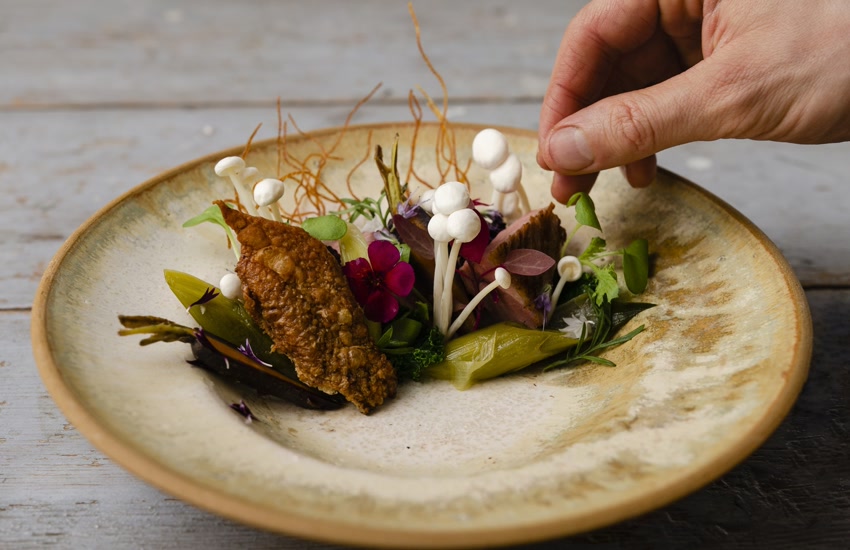
Recognizing Sustainability
You know I love a good Michelin-starred restaurant, and what’s even better is when those stars come with a green badge of honor! The MICHELIN Guide has started recognizing restaurants that go above and beyond in their commitment to sustainability. It’s a fantastic way to highlight those chefs and establishments that are truly leading the way in creating a more responsible food system.
Green Star in China
The 2025 Chengdu edition introduced its first MICHELIN Green Star in the city, marking the fourth such accolade in mainland China. This isn’t just about serving delicious food; it’s about sourcing ingredients responsibly, minimizing environmental impact, and contributing to the local community. One restaurant that really caught my eye is Mi Xun Teahouse. They are being honored for sourcing local, seasonal ingredients, supporting organic farming near panda habitats, and educating diners about wildlife conservation. These guys aren’t just cooking up delicious meals; they are also protecting the planet!
Plant-Based Power: The Rise of Vegetarian and Vegan Cuisine
Booming Vegan/Vegetarian Scene
Okay, let’s talk about plant-based food. Now, I’m not a vegetarian myself (I enjoy a good steak as much as the next person!), but I’m always excited to see how chefs are pushing the boundaries of vegetarian and vegan cuisine. And in China, the plant-based scene is booming!
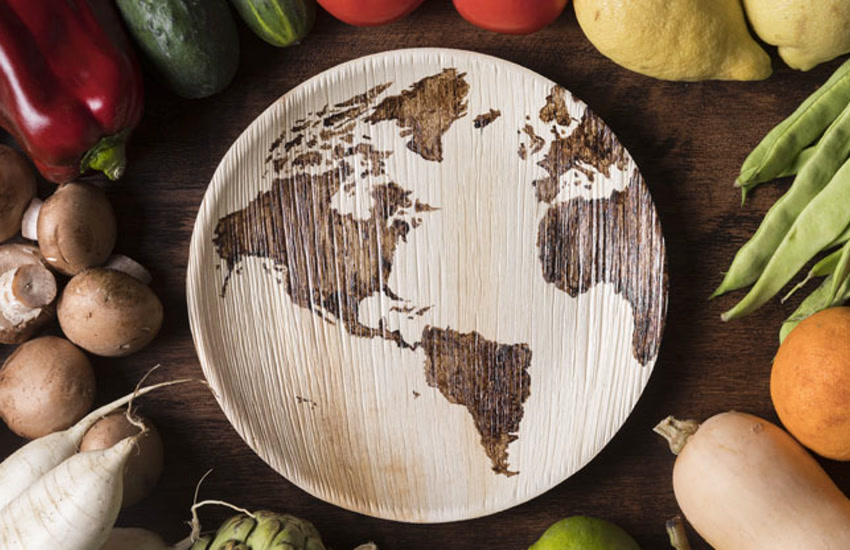
Innovative Creations
In 2025, Chinese restaurants are elevating vegan and vegetarian offerings with creative, high-quality dishes that appeal to a broader audience, merging health, taste, and environmental consciousness. We’re not talking about bland tofu stir-fries here. I am talking about innovative creations that celebrate the flavors and textures of vegetables, fruits, and legumes. I’m talking artistry and technique! Chefs are using plant-based ingredients in exciting new ways, creating dishes that are both delicious and visually stunning.
Local Love: Embracing Regional Ingredients and Traditions
Sourcing Local, Seasonal Ingredients
One of the things I love most about traveling is discovering the unique flavors of each region. And in China, with its vast and diverse landscape, there’s an incredible wealth of culinary traditions to explore. What’s exciting is that many chefs are now focusing on sourcing local, seasonal ingredients, which not only supports local communities but also helps preserve regional culinary heritage. They’re working directly with farmers and producers to ensure they have the freshest, highest-quality ingredients while reducing their carbon footprint.
Preserving Regional Culinary Heritage
This means you’re more likely to find dishes that showcase the specific ingredients and flavors of the region you’re visiting. Think Yunnan mushrooms in Yunnan province, Sichuan peppercorns in Sichuan, and so on. It’s a truly authentic and sustainable way to experience Chinese cuisine.
Restaurant Week Spring 2025: A Culinary Celebration
If you’re planning a trip to China, keep an eye out for culinary events like Restaurant Week Spring 2025. This event gives diners the chance to savor sustainable menus from over 800 restaurants, including those recognized by prestigious guides like Michelin and Black Pearl. It provides accessible opportunities to experience eco-friendly, high-end Chinese cuisine at special prices. It’s a fantastic opportunity to sample some of the best sustainable cuisine China has to offer, often at a more accessible price point. Plus, it’s a great way to support the restaurants that are committed to making a difference.
China’s eco-conscious culinary scene is a testament to the power of innovation, tradition, and a shared commitment to a more sustainable future. From reducing food waste to embracing plant-based cuisine and supporting local producers, chefs and restaurants across the country are showing that it’s possible to create delicious, responsible food. As more restaurants adopt green practices and consumers seek out sustainable dining, the movement toward a greener gastronomy in China continues to grow. It’s an exciting time to be a food lover in China, and I can’t wait to see what the future holds. So, next time you’re planning a trip, consider exploring the sustainable dining scene in China. You might just discover a whole new appreciation for Chinese cuisine and a renewed sense of hope for the future of food. Happy travels (and happy eating!)
Discover our others food guide:



